Foundations of Fundraising
Islamic Aid: fundraising strategy

by SOFII
This is the story of how Islamic Aid has managed to raise millions, beyond all expectations. The charity achieved this through the careful targeting of its audience, by keeping good records of all its donors and ensuring that every donation is maximised through Gift Aid.
Read moreDr Barnardo’s Homes: the home collecting box
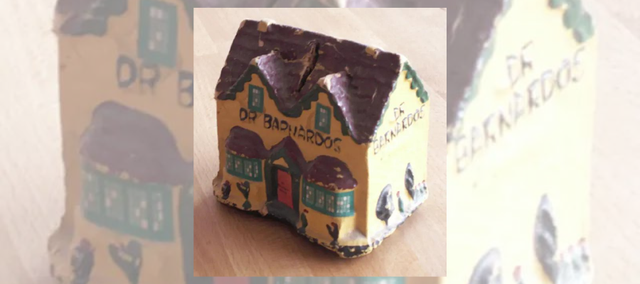
by Ken Burnett
The home collecting box remains many people’s closest link with charitable giving. Some collecting boxes are themselves collector’s items.
Read moreBritish Heart Foundation: the ‘calculate the cost of heart disease’ mailing
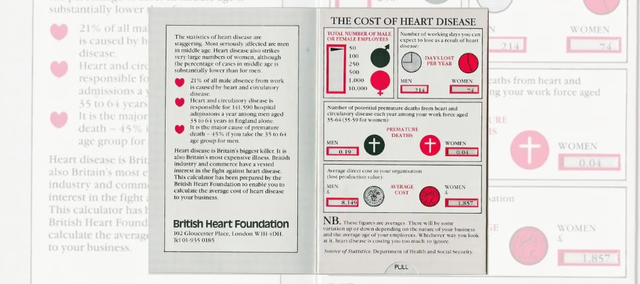
by SOFII
This is irresistible. How could any cost-conscious businessman or woman resist playing with this gadget to get an idea of what heart disease is costing his or her bottom line each year?
Read moreRNLI: ‘stand behind these men’ press ad
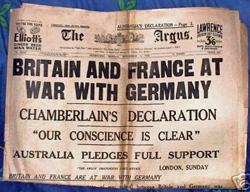
by SOFII
The message is simple and direct – it tells who the RNLI is, what it does, and gets straight to the point by asking what the reader will contribute. It also uses a photograph of a crew member at the top of the page – a tradition that continues today.
Read moreGreenpeace International: the reinvention of face-to-face fundraising

by SOFII
Across the world the approach Greenpeace developed for direct dialogue changed the way fundraising organisations recruit new monthly direct debit donors. Raising millions, perhaps billions of pounds in the process.
Read moreThe Society for Effecting the Abolition of the Slave Trade: minute regarding the need for fundraising from 1788

by SOFII
This piece offers a unique insight into how, 220 years ago, funds were raised to help fight one of the greatest social evils of all time. In its formality, the 114-word single sentence of this solicitation has a distinctly quaint character.
Read moreRSPCA’s pile of dead dogs advertisement
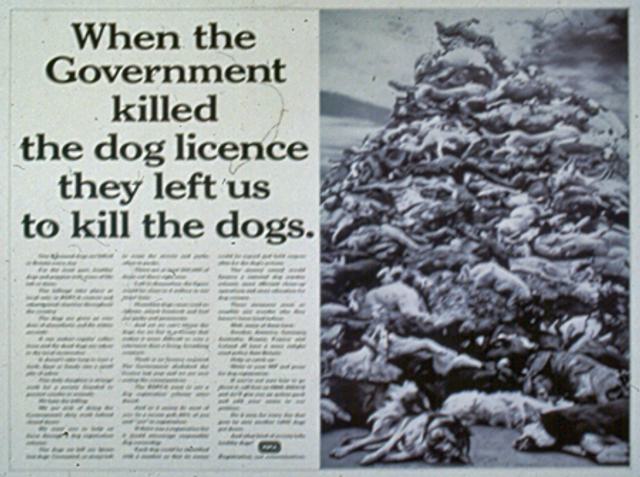
by SOFII
Some time around the turn of the 1980s Britain’s leading animal welfare charity, the RSPCA (Royal Society for the Prevention of Cruelty to Animals), produced a striking and controversial poster that positioned it as a campaigning organisation too.
Read moreThe early Christian Church: St Paul’s letter to the Corinthians
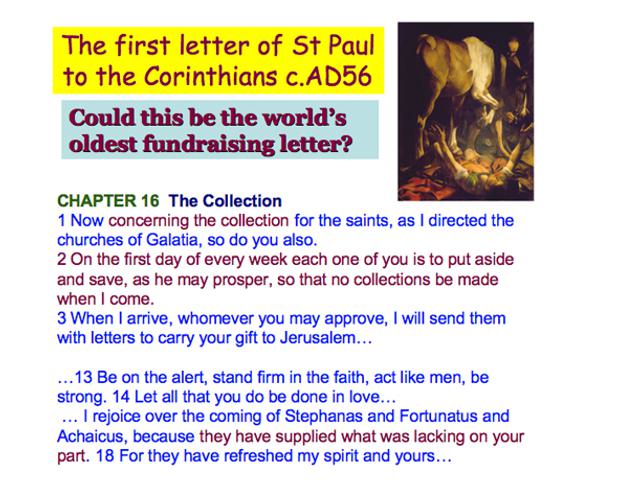
by SOFII
This may not be the world’s earliest ever recorded mention of fundraising but it could well be the first ever example of a fundraising director exhorting his troops to achieve their targets. Or, do you know different?
Read moreA Dismal Swamp: an extract from Our Mutual Friend showing Charles Dickens’ view of fundraising in Victorian England
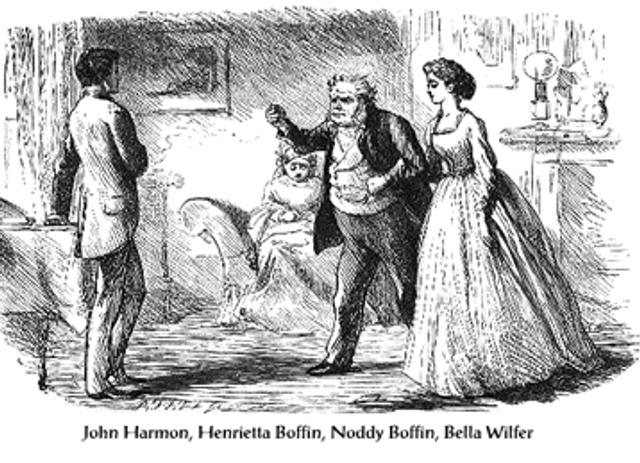
by SOFII
Charles Dickens’ perceptive view of fundraising from Our Mutual Friend, 1864. Download this entertaining and instructive insight into fundraising from 150 years ago.
Read moreAlbert Street Methodist Sunday School: the foot of pennies from the 1930s
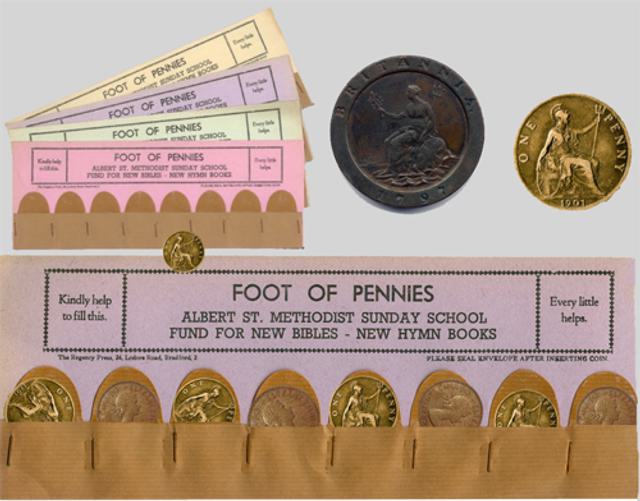
by SOFII
A small yet colourful part of England’s fundraising heritage had been discovered in a Methodist chapel about to be demolished. As their finder explains, these fun feet of pennies are engagement devices designed to make collecting for charity easy and so to hook neophytes into the habit of giving.
Read moreBhopal Medical Appeal: B’Eau Pal publicity stunt: don’t go near the water!

by SOFII
Don’t go near the water: 25 years after the world’s worst ever man-made disaster, B’EauPal shows that effective political campaigning takes ’bottle’ (a commonly used London term for courageous risk-taking). This is a classic opportunistic protest in a good cause.
Read moreRNLI: Britain’s first-ever street collection, 1891
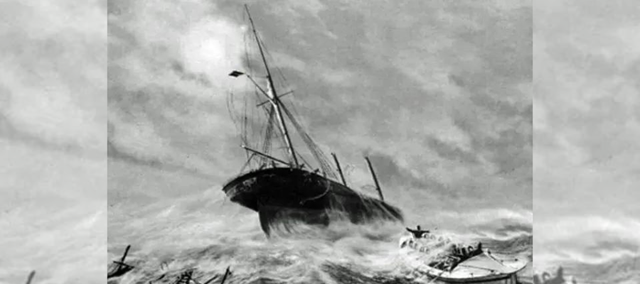
by Carolina Herrera
An appalling loss of life in 1886 leads to the invention of a fundraising classic that's still raising millions today. A horrific double tragedy brought about Britain’s first-ever street collection for a charitable cause. It was a significant milestone in the history of voluntary action in the UK and elsewhere.
Read more






